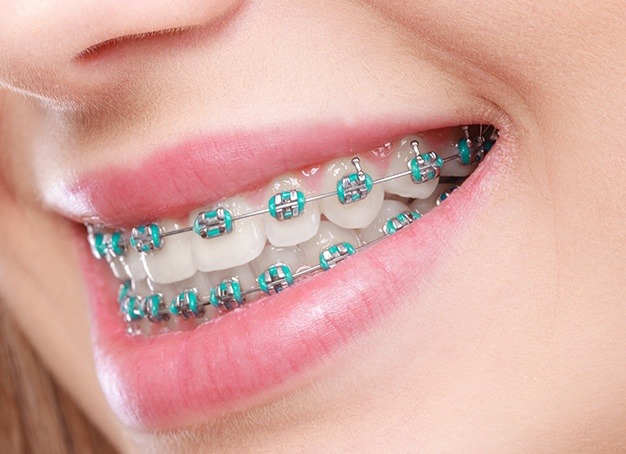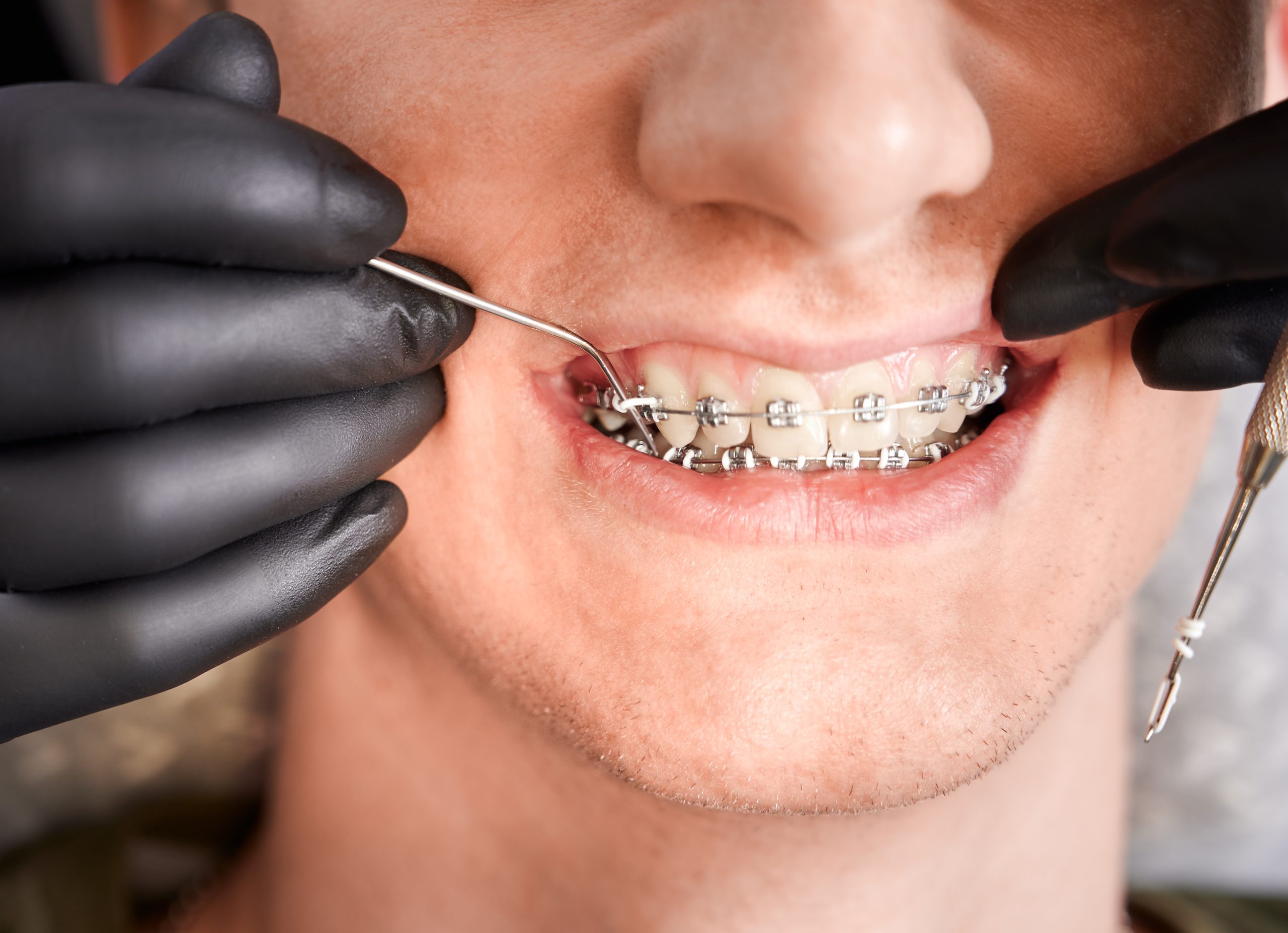Everything You Need to Know Concerning Braces, Aligners, and Retainers
Orthodontic therapies such as retainers, aligners, and dental braces play a vital duty in achieving a straighter and healthier smile. From typical braces to modern aligners, there are various alternatives readily available to cater to private requirements and choices.
Kinds of Orthodontic Treatments
Orthodontic treatments encompass numerous techniques focused on fixing and lining up teeth for enhanced dental health and wellness and appearances. The most common kind of orthodontic treatment is conventional braces, containing steel braces adhered to the teeth and attached by wires. These braces slowly move teeth into the preferred setting through normal adjustments by an orthodontist.
Another prominent alternative is ceramic dental braces, which are much less obvious than metal braces because of their clear or tooth-colored braces. Lingual dental braces are affixed to the back of the teeth, making them practically invisible from the outside. For those looking for a much more very discreet alternative, clear aligners like Invisalign give a transparent and removable choice to conventional braces.

Benefits And Drawbacks of Dental Braces
When thinking about orthodontic treatment options, it is necessary to weigh the advantages and negative aspects of braces. Dental braces are extremely reliable in remedying a wide variety of dental concerns such as crooked teeth, overcrowding, misalignment, and bite issues. One of the key advantages of dental braces is their reliability in supplying predictable and accurate outcomes over a specified treatment duration. They are additionally appropriate for clients of every ages, making them a functional choice for orthodontic treatment. In addition, dental braces can assist boost oral health by improving the alignment of teeth, which can decrease the danger of tooth degeneration, periodontal illness, and other dental problems in the long run.
Nonetheless, there are some downsides to take into consideration when going with braces. The most typical worries include discomfort and possible mouth sores throughout the first change period. Upkeep can likewise be difficult, requiring regular oral gos to for changes and normal cleansing to avoid food fragments from getting caught. One more visual factor to consider is the exposure of traditional steel dental braces, which might impact the wearer's self-confidence throughout treatment. Regardless of these drawbacks, the proven performance of braces in accomplishing ideal oral positioning often surpasses the disadvantages for numerous people - orthodontics.
Benefits of Aligners
A significantly preferred option to standard braces, aligners provide many benefits in orthodontic therapy. Aligners are likewise removable, enabling people to conveniently comb and floss their teeth, leading to much better oral health during therapy compared to conventional braces.
Furthermore, aligners usually call for less brows through to the orthodontist for adjustments, as compared to dental braces, which can be a hassle-free variable for people with active timetables. The therapy procedure with aligners is typically much more comfy, as there are no steel brackets or wires that might create irritability to the mouth. Additionally, aligners link can commonly accomplish lead to a shorter time frame than traditional braces, depending upon the intricacy of the orthodontic problems being addressed.

Significance of Retainers
The importance of retainers in preserving orthodontic treatment end results can not be overstated. Retainers play a vital role in maintaining the results accomplished through aligners or dental braces. After the first phase of orthodontic treatment, where aligners or braces are used to straighten out teeth and correct bite concerns, retainers are vital for preventing the teeth from shifting back to their initial position.
Retainers help to support the teeth in their brand-new lined up placement, permitting the supporting structures in the mouth to adapt to the modifications. Without appropriate retainer wear, there is a risk of regression, where the teeth progressively return towards their pre-treatment positioning. This can reverse all the progression made during the orthodontic therapy, causing the requirement for added intervention.
It is suggested to wear retainers as routed by your orthodontist to maintain the outcomes of your therapy in the long-term. Normally, retainers are initially worn full-time and after that transitioned to nighttime wear once the orthodontist establishes it is suitable. Consistent retainer usage is key to making sure a lasting, lovely smile.
Upkeep Tips for Orthodontic Appliances
When putting on like this dental braces, it is critical to keep good dental hygiene by brushing after every meal and flossing day-to-day to prevent plaque buildup. Staying clear of hard, sticky foods can also protect against damages to the dental braces.

Verdict
To conclude, orthodontic treatments such as retainers, aligners, and dental braces play an important duty in remedying oral concerns and enhancing overall dental health. Each therapy alternative has its own advantages and disadvantages, and it is crucial to adhere to correct upkeep ideas to make certain the effectiveness of the home appliances. Whether it is dental braces for much more serious cases or aligners for a much more very discreet option, speaking with a dental specialist will help figure out the very see this best therapy plan for specific requirements.
Orthodontic therapies such as retainers, aligners, and dental braces play an essential duty in achieving a straighter and healthier smile.One more prominent option is ceramic braces, which are less recognizable than metal dental braces due to their clear or tooth-colored brackets.In some instances, after braces or aligner treatment, retainers are required to maintain the newly lined up setting of the teeth. After the initial stage of orthodontic treatment, where braces or aligners are used to align teeth and appropriate bite concerns, retainers are vital for protecting against the teeth from moving back to their initial setting.
In final thought, orthodontic treatments such as aligners, retainers, and dental braces play a vital duty in fixing dental problems and enhancing general oral health. - orthodontics